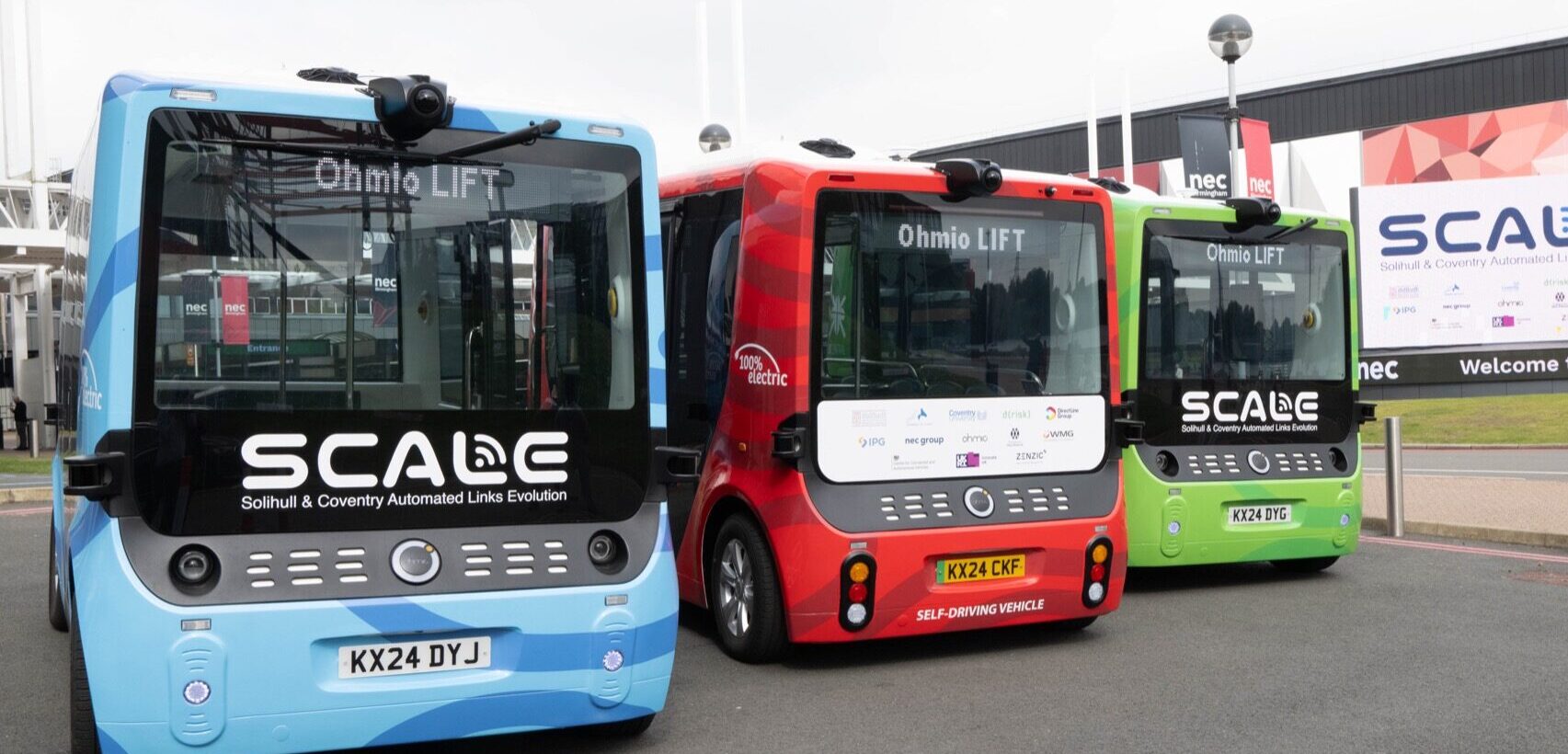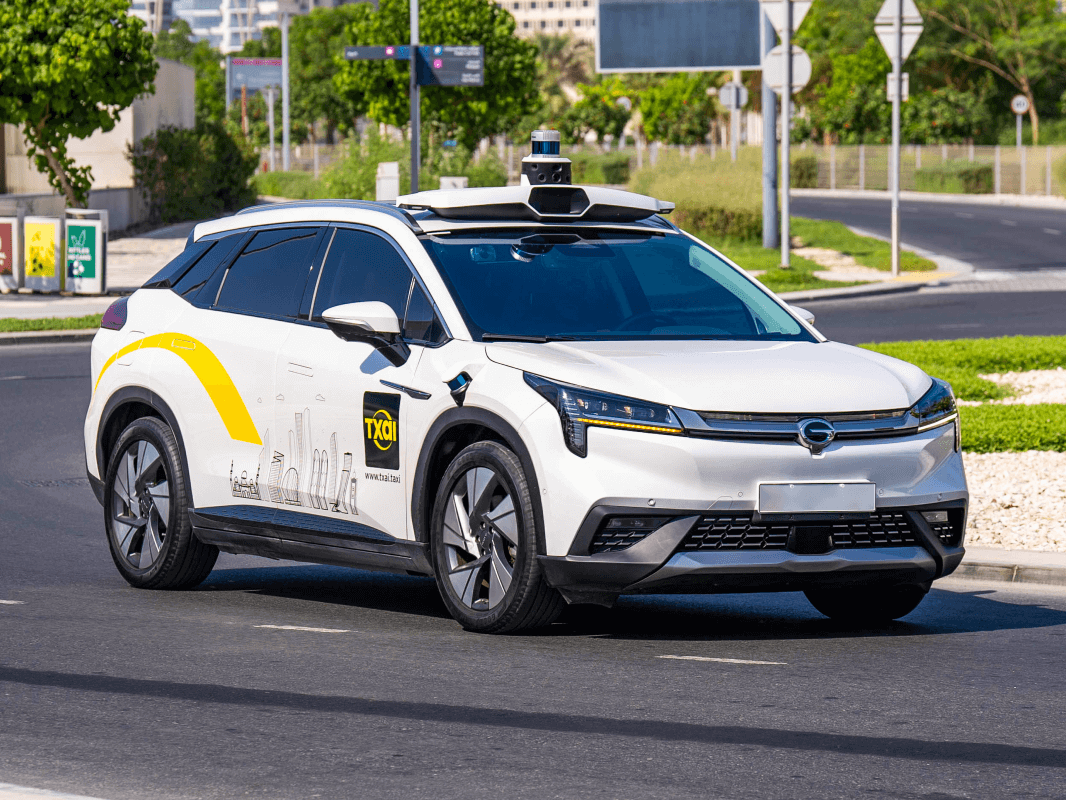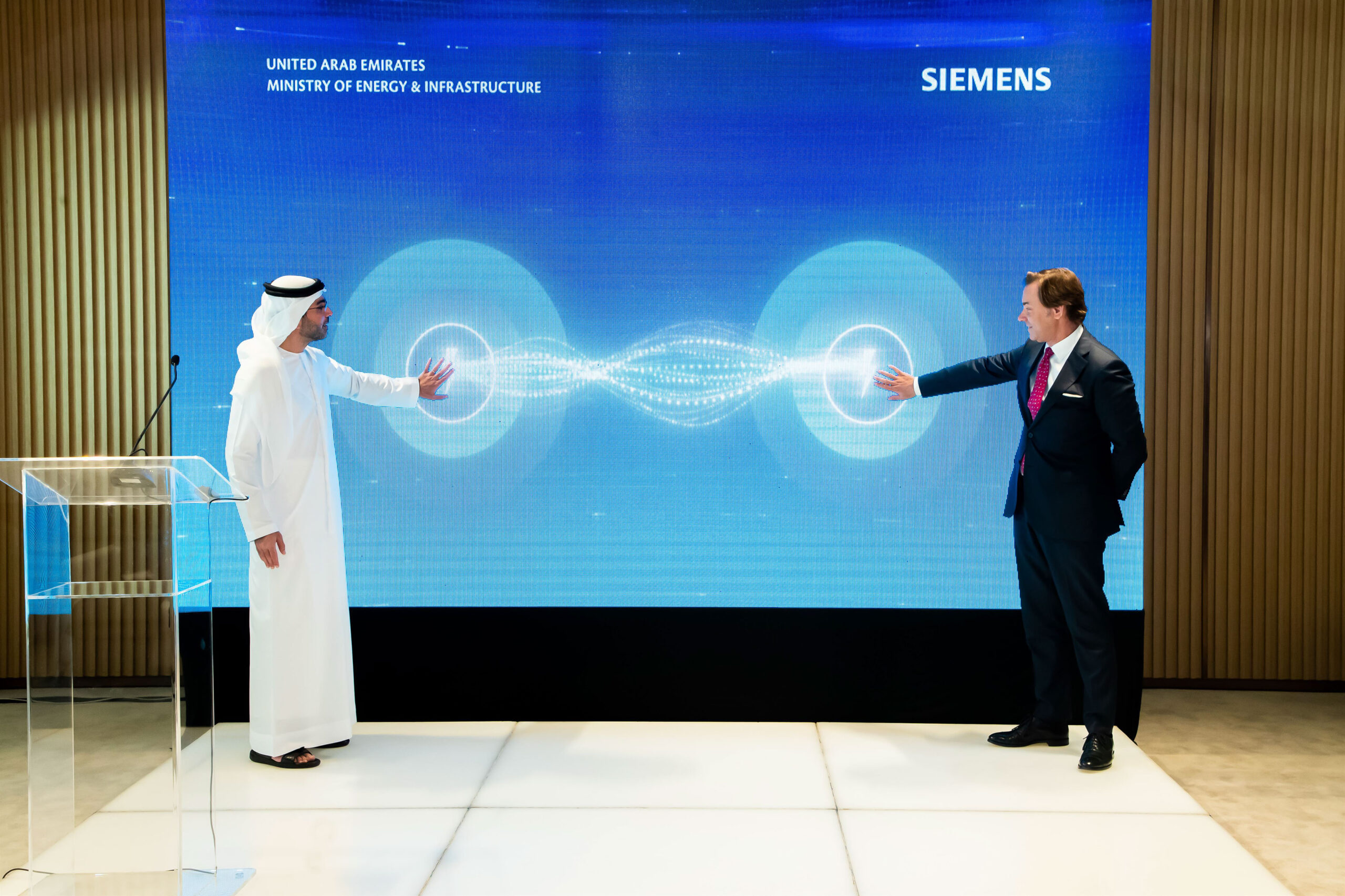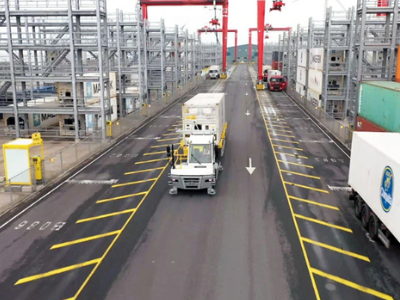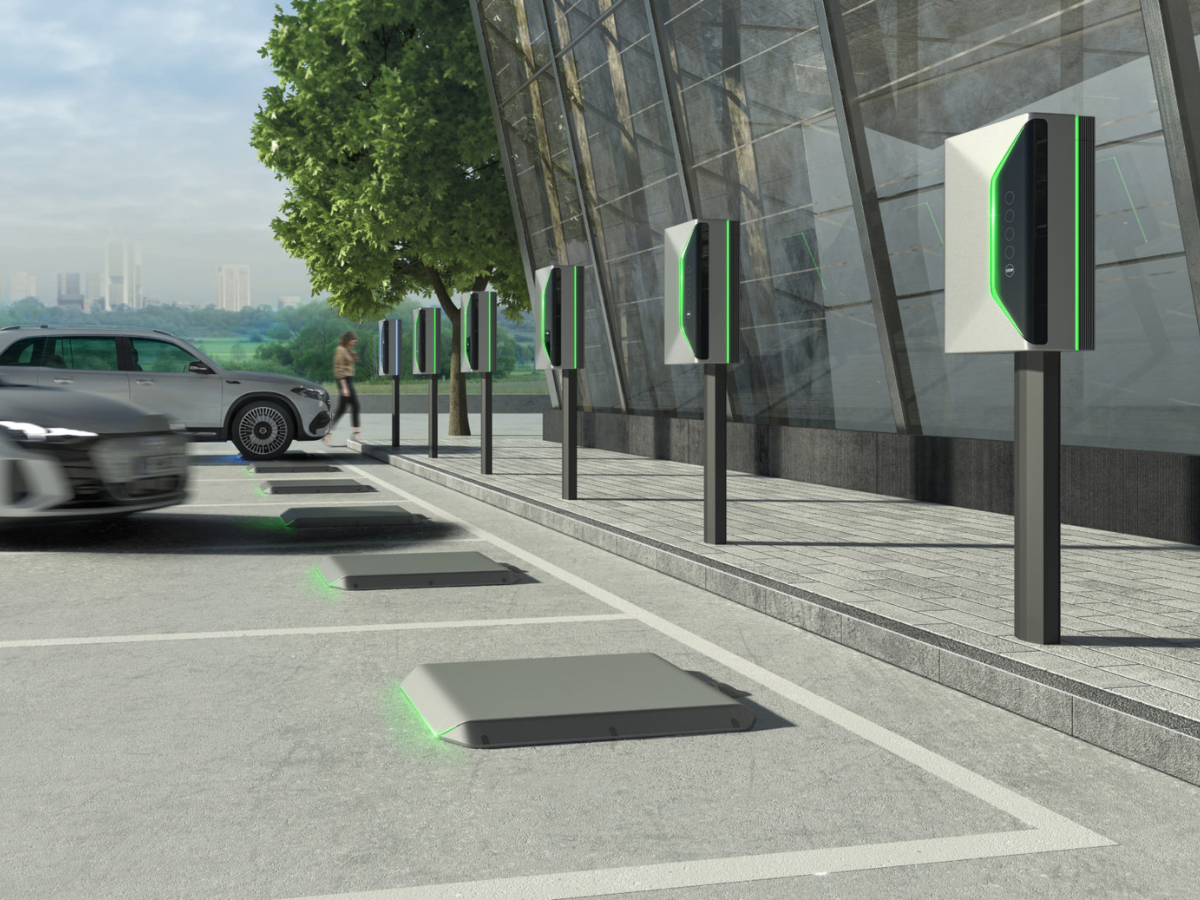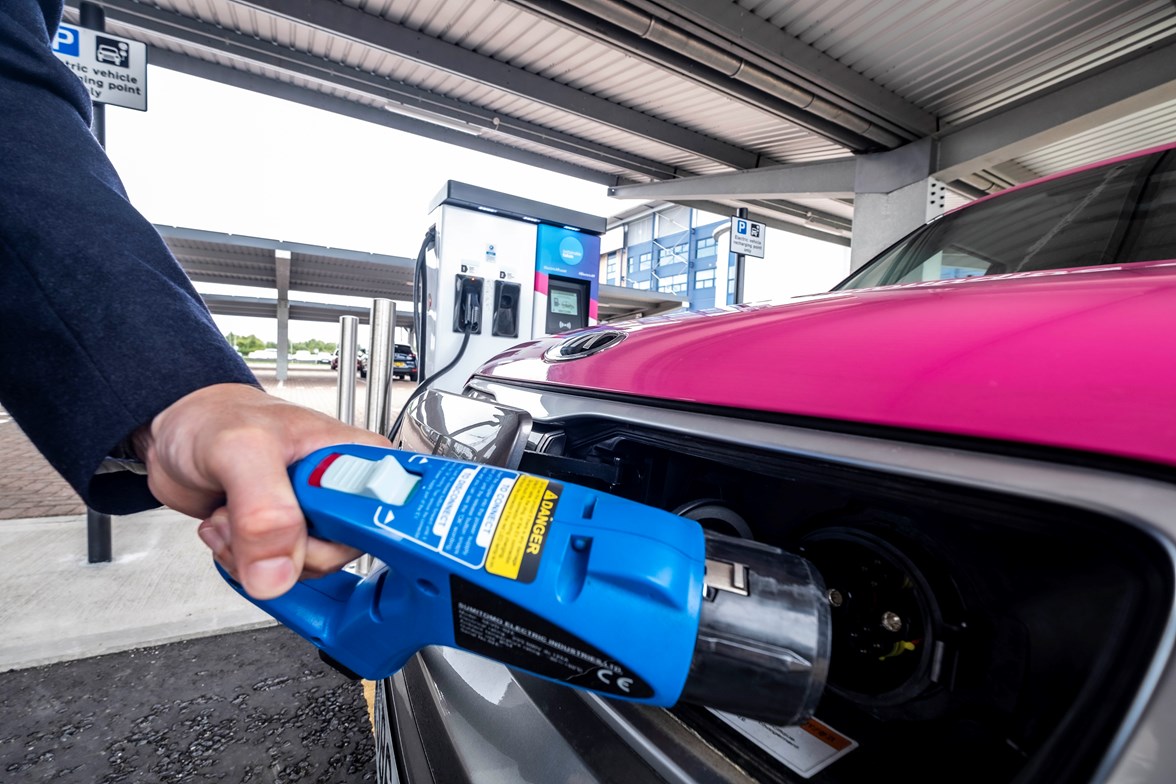At the first edition of Global Mobility Call, Carlo Ratti, Director of the Massachusetts Institute of Technology’s Senseable City Lab, addressed the potential of capitalising upon urban waterways to enable efficient and sustainable future transport networks.
Using city canals to transport people and goods is not a novel idea, as gondolas have been used on the Venice canals since the 15th century. However, in his talk entitled “Urban, interurban and rural planning as a necessary factor for a more active, healthy and citizen-centred mobility,” Carlo Ratti stressed that a sustainable future transport network did not require an entirely new system, such as an urban air mobility network. Instead, he said, we should build upon and improve past and existing successes to meet future demands.
In line with this idea, the Massachusetts Institute of Technology (MIT) and the Amsterdam Institute for Advanced Metropolitan Solutions (AMS Institute) have conducted the world’s first major research project on autonomous floating vessels in metropolitan areas. The 5-year Roboat programme focused on developing and testing the potential of electric self-driving boats on urban waterways.
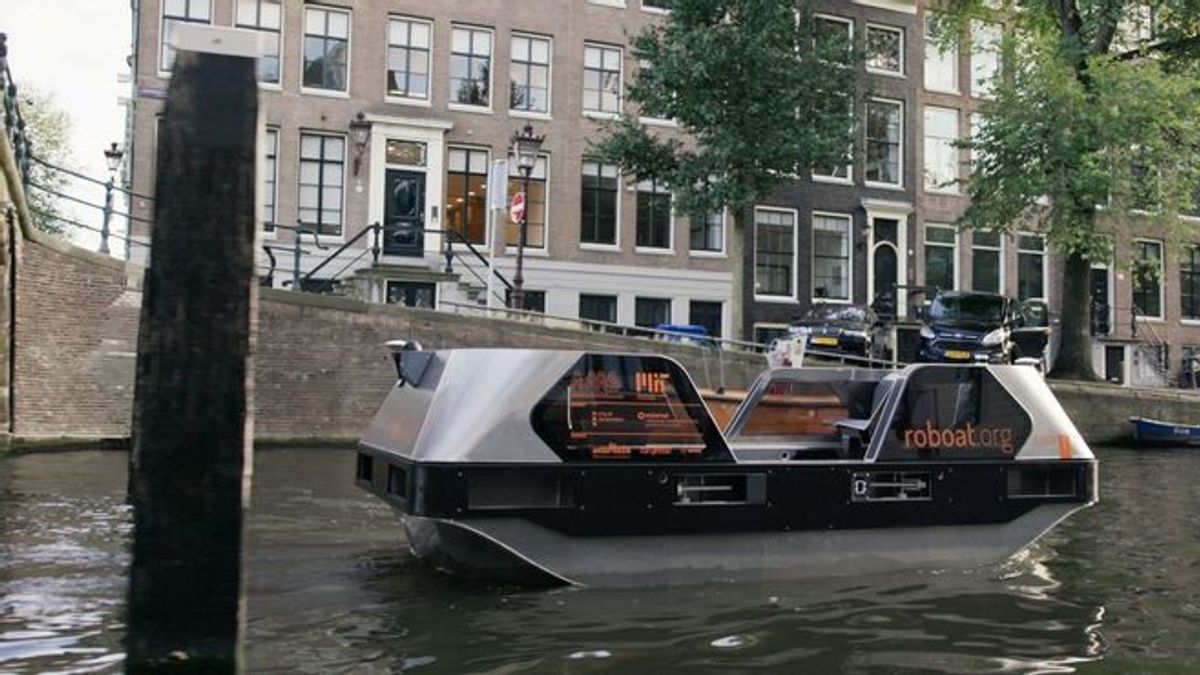
Alike to autonomous road vehicles, Roboat uses LiDAR technology to construct an image of the city, which is then used for navigation. However, as the safe application of level 5 autonomy is dependent on vehicle speed and the complexity of the environment, Ratti claimed that fully autonomous transport could be more rapidly scaled on canals compared to on the faster and more complex road network.
Carlo Ratti said:By applying Roboat in a city like Amsterdam with busy canals we have a great opportunity to improve the control system for autonomous navigation in urban environments. This is something that has not been shown before in other projects for autonomous vessels.
By leveraging the latest technologies, cities such as Amsterdam could therefore maximise the potential of urban waterways to develop sustainable and efficient networks for transporting goods and people. Such systems could offer a viable alternative to road transport to help reduce the number of polluting vehicles and relieve congestion.



